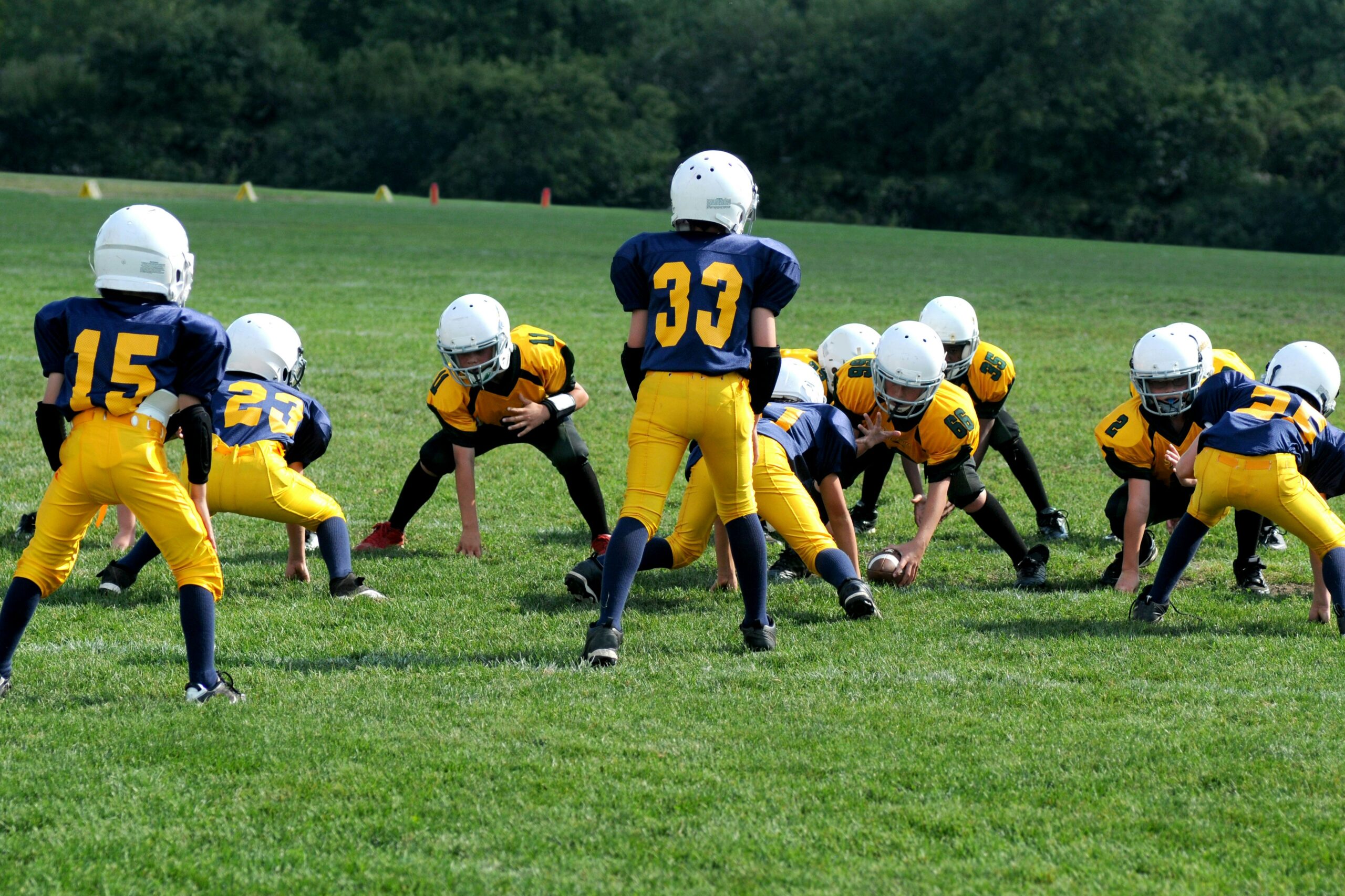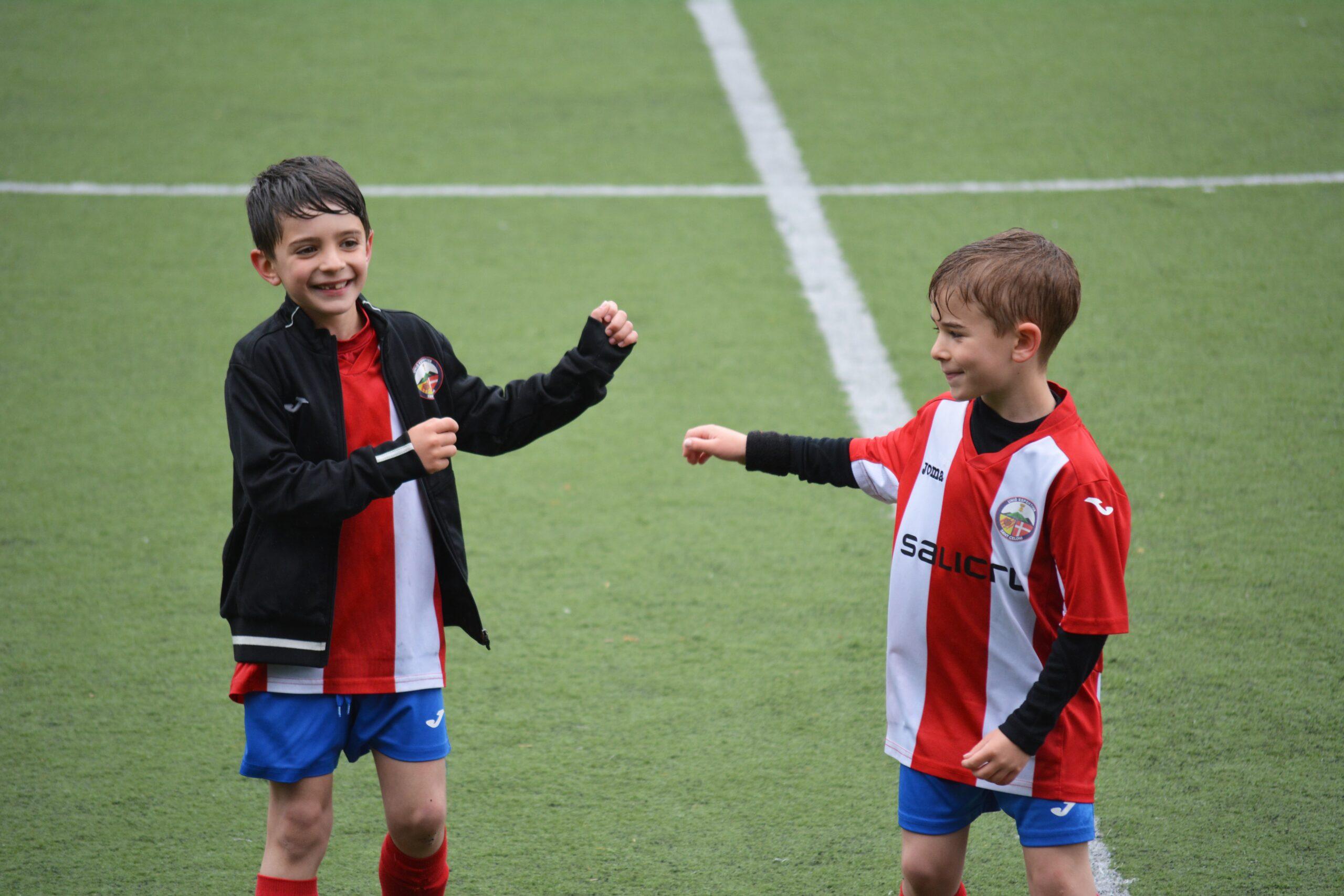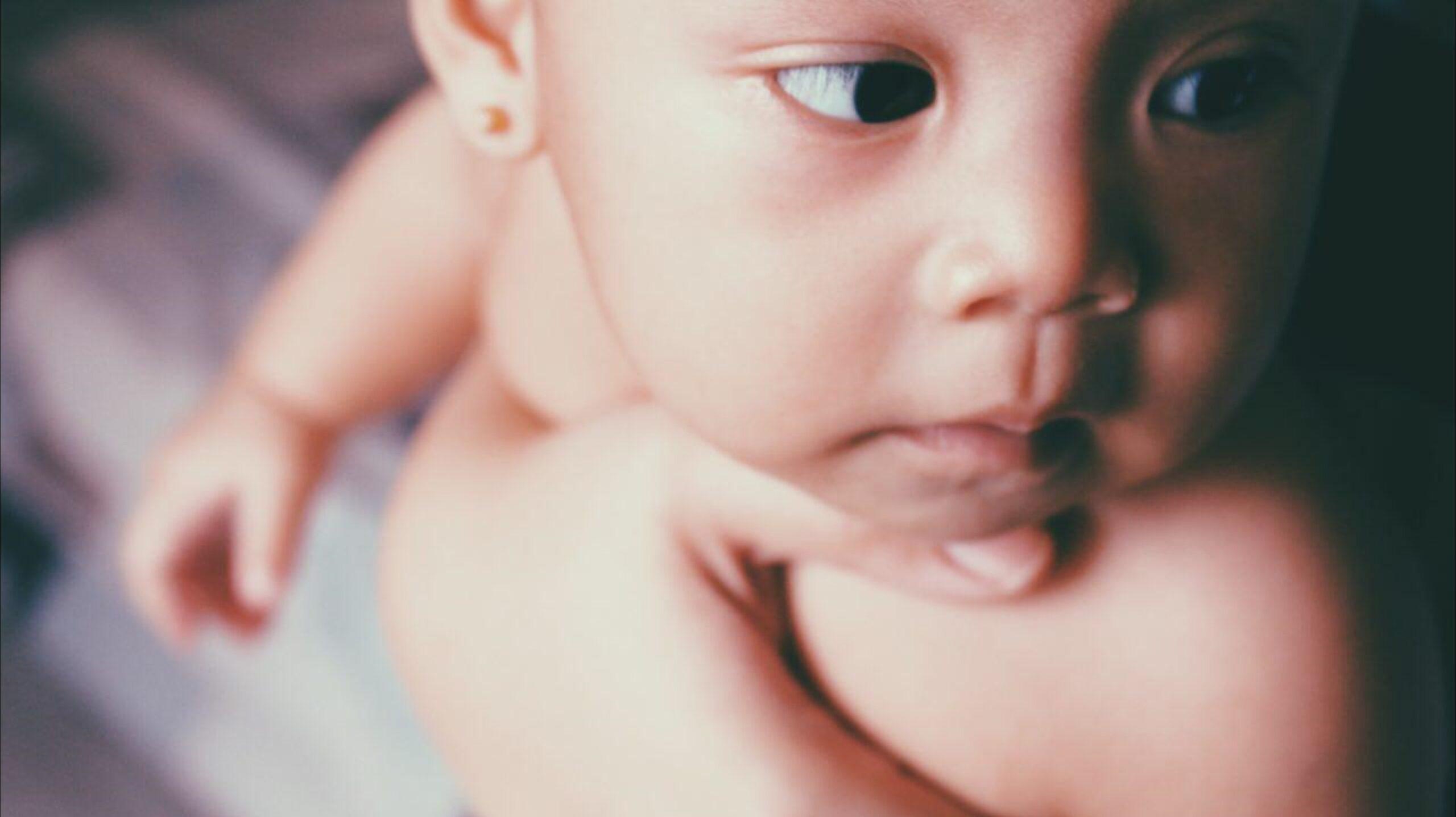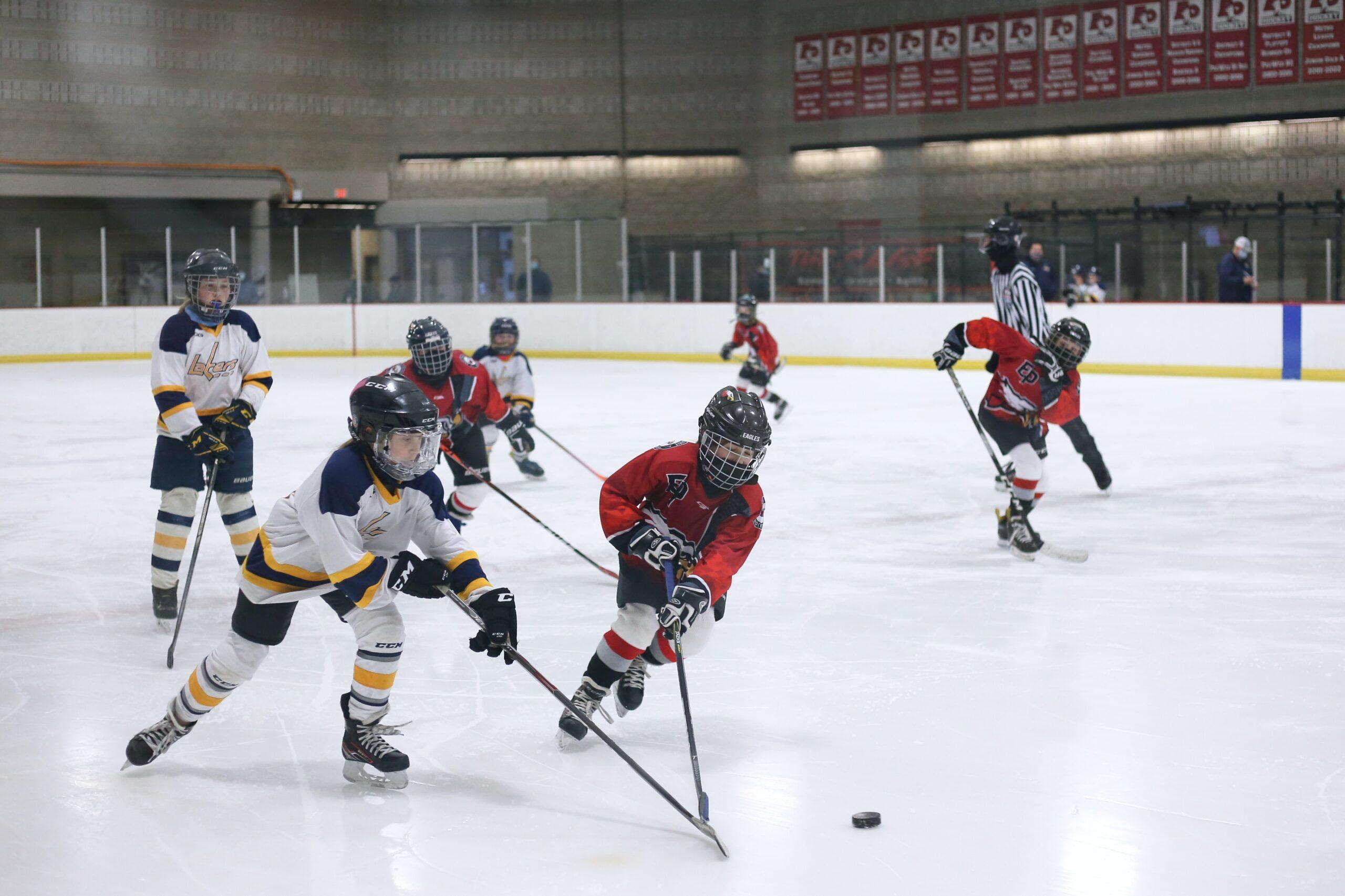With school back in session, kids are returning to their classrooms with their backpacks bursting with new pencils, notebooks and other necessary supplies. Back to school also means back to the playing field for the record number of young athletes involved in organized sports this year. If you have a child taking the field this fall, it’s important to make sports eye safety a top priority.
Each year in the United States, an estimated 2.5 million eye injuries occur. More than 600,000 of these injuries take place during sports or recreational activities. Of these injuries, 42,000 require a trip to the emergency room. The good news is, according to Prevent Blindness of America, more than 90 percent of all eye injuries can be prevented with the use of appropriate protective eyewear.
“It’s alarming that the majority of athletic programs, schools, parents and players aren’t even aware that sports eye injuries are a problem,” says Dr. Paul Berman, OD, FAAO, and chairman of The Coalition to Prevent Sports Eye Injuries. “By raising the awareness of the risks associated with the various sports their children play, and by educating them on how to take the proper safety precautions with the correct protective equipment, we can dramatically reduce this unnecessary loss of vision.”
Some of the most popular sports that kids play, including basketball, football, soccer, lacrosse, tennis and hockey, also carry the greatest risk for eye injury. Children can suffer injuries from abrasions of the cornea and bruises of the lids to internal eye injuries, such as retinal detachments and internal bleeding. But, eye protection is available for all of these sports. Kids can even choose among a variety of sturdy, lightweight, effective and cool looking eyewear for practically any sport or age.
Proper impact-resistant lenses for protective sports eyewear must be made of polycarbonate, which has inherent UV protection and is up to 20 times stronger than typical eyewear lenses. Polycarbonate can withstand the impact from a ball or other projectile object traveling at 90 miles per hour. Contact lenses and street-wear glasses are inadequate for offering protection against any type of eye injury. While nothing can guarantee complete injury protection, wearing protective sports eyewear greatly lessens the risk of serious injuries. Parents should purchase sports-specific protective eyewear for their children from an eye care professional and make sure that it is properly fitted for the best protection.
Some states, like New Jersey, are passing laws that make it mandatory for any child who wears corrective eyeglasses while participating in many of the risk-prone sports sponsored by a school, community or government agency to wear protective eyewear that meets certain standards. Lobbying efforts to enact similar legislation in other states is currently underway.
Until widespread mandatory eye protection laws are passed in other states, parents should set a good example and insist that their children wear protective eyewear every time they play sports. Parents can also help educate coaches and other parents on the importance of wearing eye protection when playing sports, as well as get involved to pass local protective eyewear ordinances in their areas.
- More than 600,000 eye injuries related to sports and recreation occur each year and 42,000 of these injuries require emergency room attention.
- More than 90 percent of all eye injuries can be prevented with the use of appropriate protective eyewear.
- Sports participants using corrective eyeglasses or sunglasses that do not conform to American Society for Testing and Materials standards are at a far more severe risk of eye injury than participants using no eye protection at all.
- The American Academy of Pediatrics, American Academy of Ophthalmology and American Optometric Association all strongly recommend protective eyewear for all participants in sports in which there is a risk of eye injury.
- The following sports and activities pose a high-to-moderate risk of eye injury: basketball, baseball, softball, lacrosse, hockey, tennis, soccer, volleyball, water polo, football, paintball, air rifling, using BB guns, boxing, martial arts, cricket, squash, racquetball, fencing, badminton, fishing and golf.
- One in 18 college athletes will sustain an eye injury each season. The odds increase to one in ten for basketball players.
- One in eight victims of severe eye injuries and one in 20 victims of less-severe eye injuries initiate legal proceedings against parties assumed to be responsible.
- A market sampling in Michigan determined that 97 percent of high schools do not have a sports vision program, 98 percent of high school coaches would be interested in a sports vision program and 99 percent of high schools have never been approached regarding the establishment of a sports vision program.




